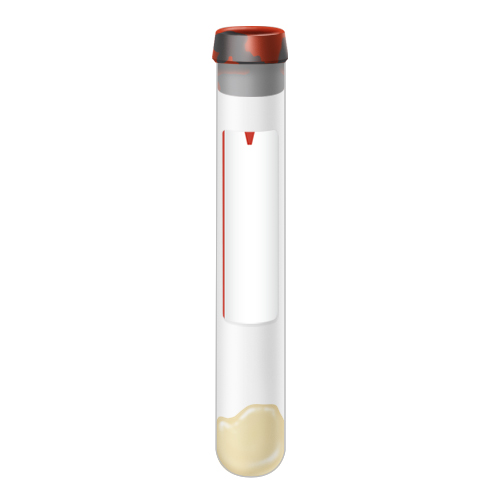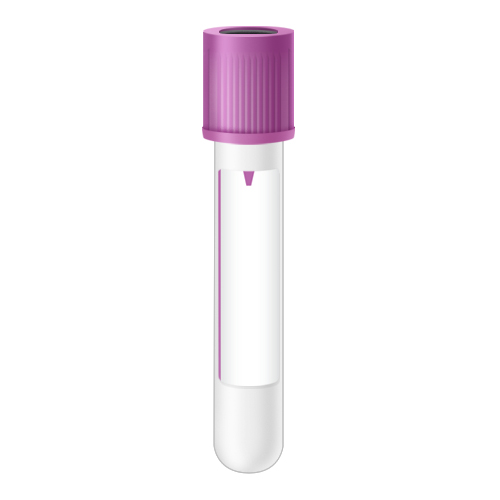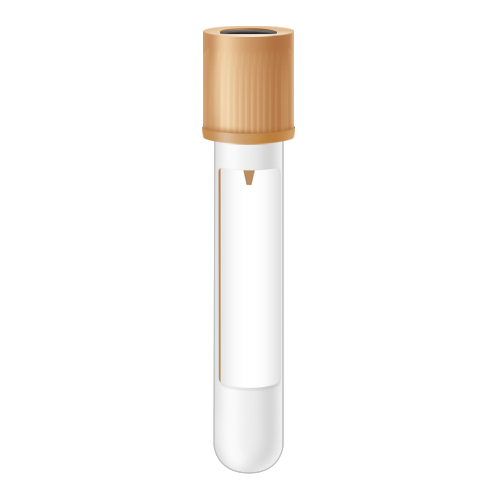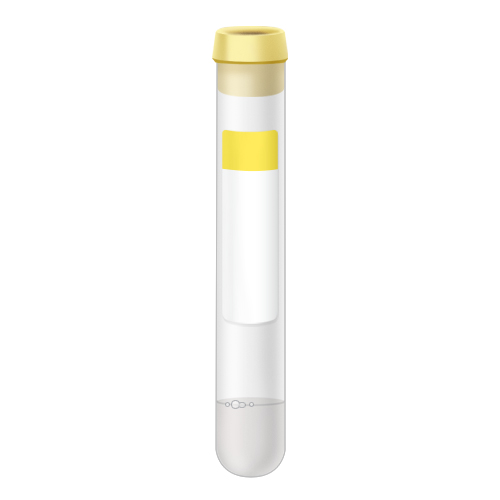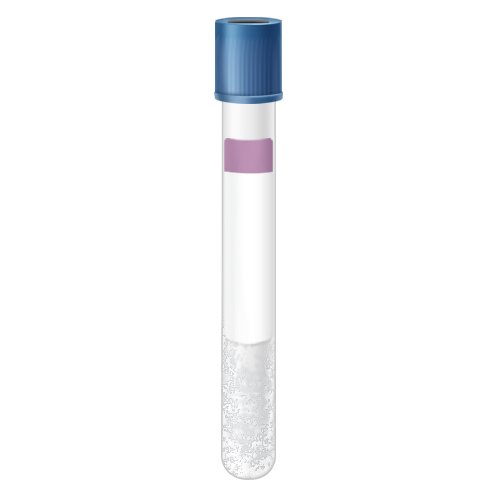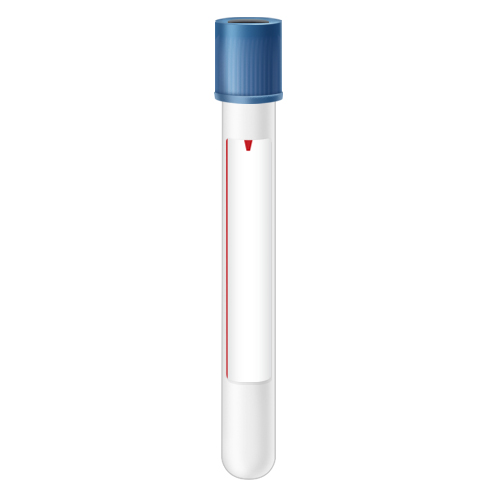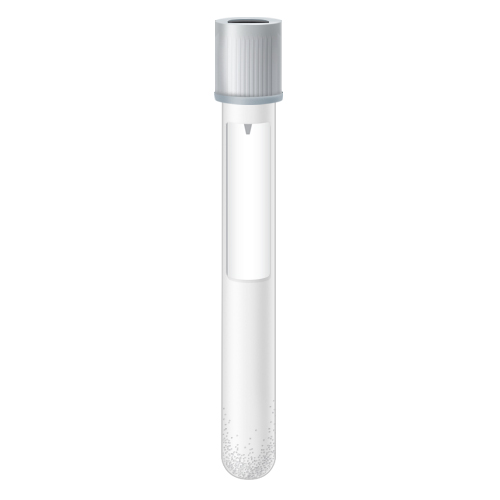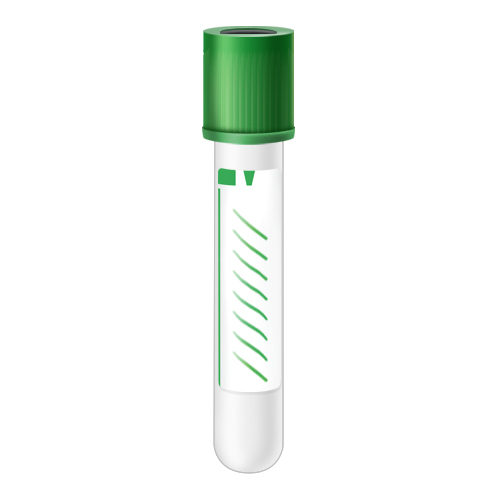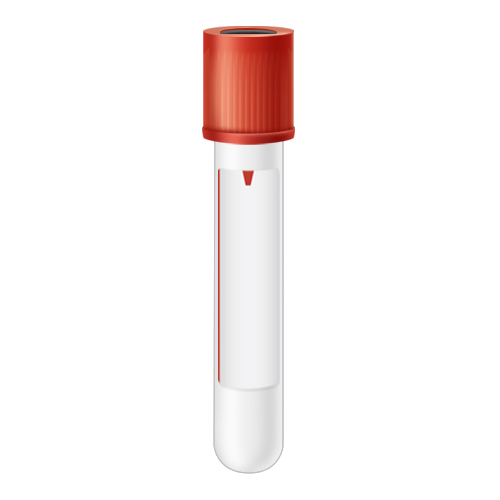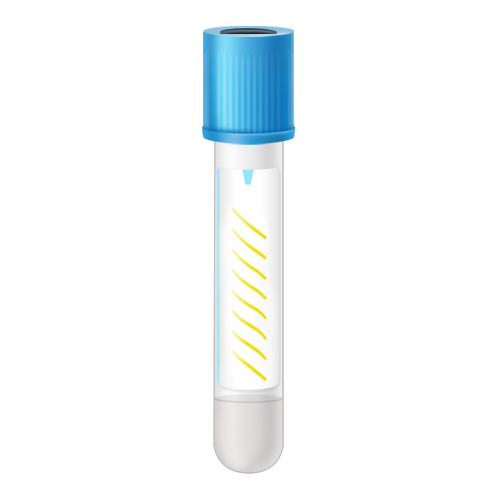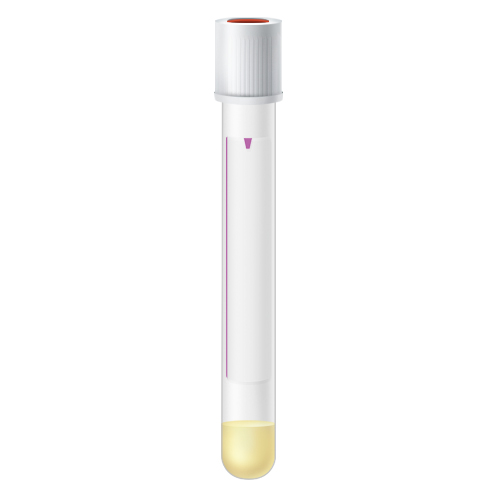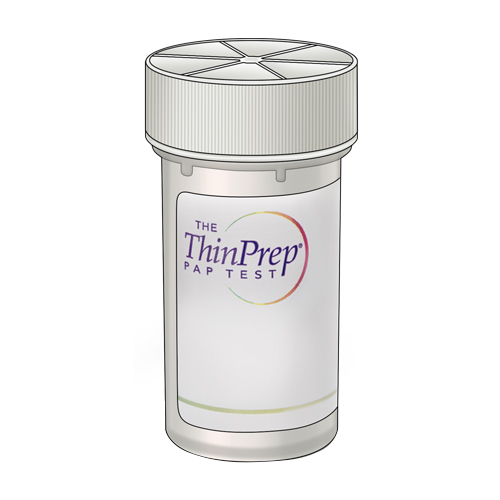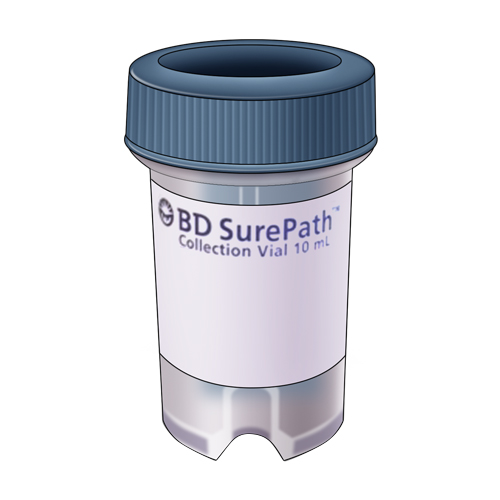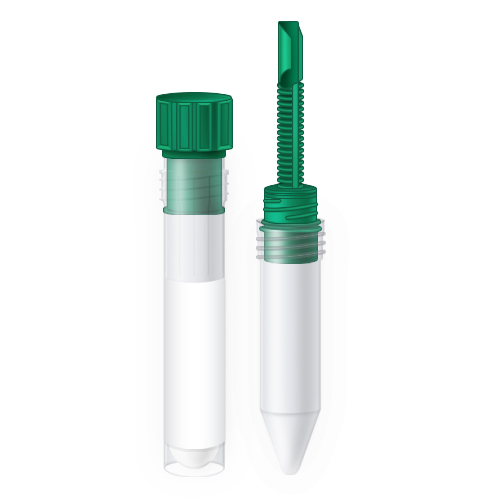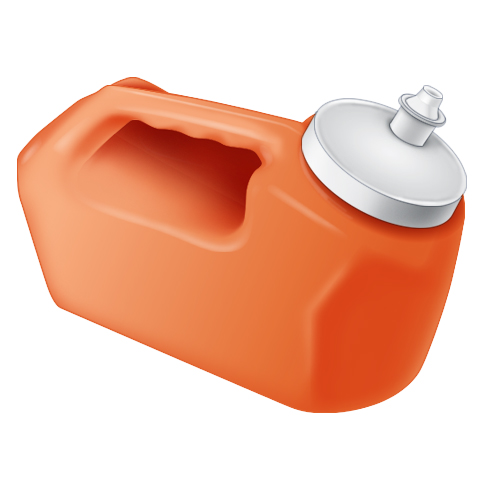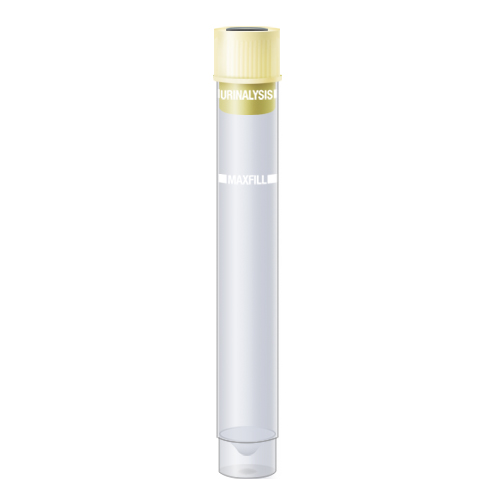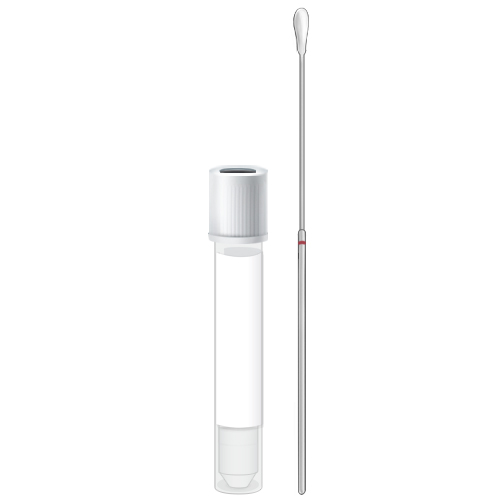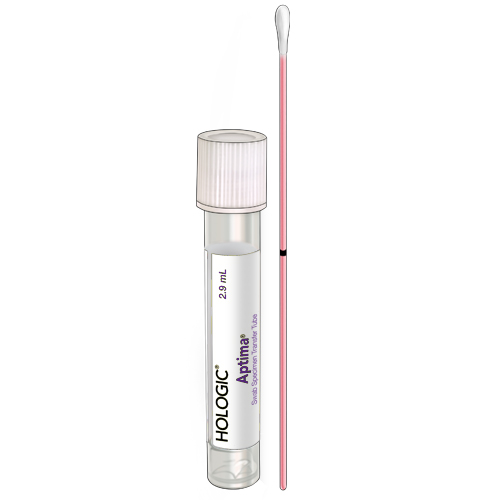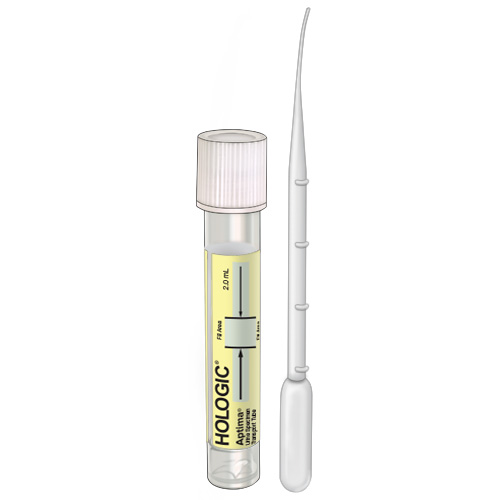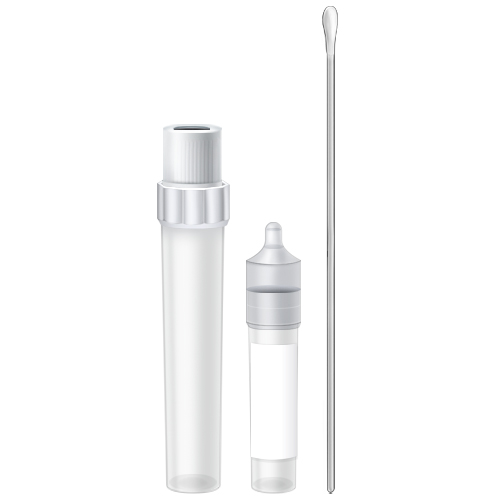Colorectal cancer is the third most common cancer diagnosed in both men and women each year in the United States, excluding skin cancer. About 1 in 25 people in the U.S. will develop colorectal cancer during their lifetime, according to the American Cancer Society; however, with regular screening, it can be detected early.1
What is Colorectal Cancer?
Colorectal cancer is a cancer that starts in the colon or rectum, and is sometimes referred to as colon or rectal cancer. According to the American Cancer Society, most colorectal cancers begin as a polyp growth on the inner lining of the colon or rectum. Not all polyp growths become cancer, but over time, some types of polyps do.2
What Are High Risk Factors?
According to the American Cancer Society, a person is considered to be at high risk if they have a personal history of colorectal cancer or certain types of polyps, a family history of colorectal cancer, a personal history of inflammatory bowel disease, a confirmed or suspected hereditary colorectal cancer syndrome such as familial adenomatous polyposis (FAP) or Lynch Syndrome, and a personal history of having radiation to the abdomen or pelvic area to treat a prior cancer.3
Reducing Risk
With age, risk of getting colorectal cancer increases, according to the Centers for Disease Control and Prevention (CDC).4 From lifestyle factors to prevention methods, the following steps can help lower risk:1
- Get screened
- Eat a diet full of vegetables, fruits, and whole grains
- Exercise regularly
- Manage your weight
- Abstain from smoking
- Omit or limit alcohol consumption
Getting Screened
While making healthy lifestyle choices can help support colorectal health, the CDC suggests the most effective way to reduce colorectal cancer risk is to get regular screening starting at age 45. Routine screening helps healthcare providers detect pre-cancerous polyps that can be removed before they become cancerous. Early detection of the disease can also allow for more desirable, less invasive treatment options.5
There are several options available to patients needing colorectal cancer screening. Consult your healthcare provider about what options are most suitable for you. Generally, there are the five types of tests used for colorectal cancer screening:6
- Fecal occult blood test (FOBT): screens a stool sample for blood seen only under a microscope. BioReference’s FOBT/FIT (fecal immunochemical test) makes the testing process easier by offering one-time sample collection, a convenient mailing pouch for private at-home testing, with no dietary or medicinal restrictions, and via a simple, no mess collection method. The FOBT/FIT stool tests can help detect cancer early, when it’s still highly treatable. * Some types of polyps can take 10-15 years to turn into cancer, and with regular screening, healthcare providers can detect and remove adenomatous polyps that are precursors to cancer.* The American Cancer Society recommends regular screening at age 45 for those with average risk and before age 45 for those considered at high-risk.
- Sigmoidoscopy: a procedure that screens for polyps, abnormal areas, or cancer inside the rectum and sigmoid (lower) colon.
- Colonoscopy: a procedure that screens for polyps, abnormal areas, or cancer inside the rectum and colon.
- Virtual colonoscopy: a procedure that uses computed tomography (a series of X-rays) to capture images of the colon. These images may show polyps or other abnormalities on the inside surface of the colon.
- DNA stool test: a test that screens DNA in stool cells for possible signs of colorectal cancer through genetic changes.
Colorectal Cancer is Treatable
While surgery is often the main treatment for early-stage disease, there are other treatment options such as radiation therapy, chemotherapy, targeted therapy, and immunotherapy. The type of surgery and treatment may vary depending on the stage or progression of the cancer, the tumor location, and the goal of treatment. To help guide these important decisions, GenPath’s proprietary test, OnkoSight AdvancedTM, analyzes the seven most important genes relevant to colorectal cancer diagnoses. By focusing in on these genes, GenPath can provide critical information needed to determine the most appropriate choice of intervention and therapy.
Additionally, GenPath offers hereditary cancer testing for colorectal cancer. For more on hereditary cancer testing, follow this link.
Healthcare Providers
For healthcare providers, become a client to begin ordering FOBT/FIT and other colon and rectal tests and learn more about OnkoSight Advanced Next-Generation Sequencing and other oncology test offerings.
Sources:
American Cancer Society https://www.cancer.org/cancer/colon-rectal-cancer.html
- https://www.cancer.org/latest-news/six-ways-to-lower-your-risk-for-colon-cancer.html
- https://www.cancer.org/cancer/colon-rectal-cancer/about/what-is-colorectal-cancer.html
- https://www.cancer.org/cancer/colon-rectal-cancer/detection-diagnosis-staging/acs-recommendations.html
- https://www.cdc.gov/cancer/colorectal/basic_info/risk_factors.htm
- https://www.cdc.gov/cancer/colorectal/basic_info/prevention.htm
- https://www.cancer.gov/types/colorectal/patient/colorectal-screening-pdq


